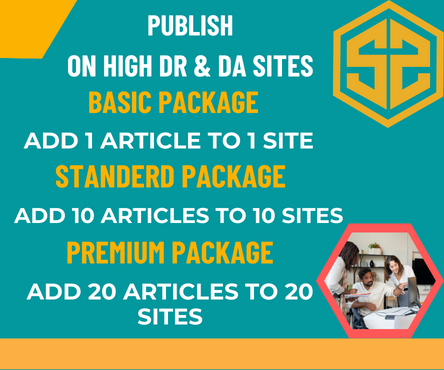✅ Pros of Pacific Debt Relief
- No Upfront Fees
You generally don’t pay anything when you start. They only charge fees after successfully settling debt. For more information please visit pacific debt relief - Reputable / Established Track Record
- They have been operating for many years (20+ years in business).
- High ratings from consumers: strong reviews on Trustpilot, BBB (Better Business Bureau), etc.
- BBB accredited, A+ rating.
- Helps with Substantial Unsecured Debt
If you have a significant amount (typically $10,000 or more) of unsecured debts (credit cards, medical bills, personal loans, etc.), they are designed to help negotiate and settle these. - Potential to Reduce What You Owe
Settlement programs can reduce the total amount of debt you have to pay back. Creditors may agree to accept less than full originally owed amounts. - Simplified Payments / Single Monthly Payment
Rather than dealing with multiple creditors and varying payments, the program simplifies things by having a consolidated monthly payment toward the settlement plan. - Transparency & Educational Support
They have educational materials, free consultation, and try to communicate clearly in many cases.
⚠️ Cons / Risks of Pacific Debt Relief
- Credit Score Impact
- Debt settlement requires that you stop (or severely reduce) payments to some creditors while negotiating. Missed payments and delinquent accounts are reported to credit bureaus.
- Even after settlement, the debts show “settled” rather than “paid in full,” which isn’t as favorable to lenders.
- Minimum Debt Requirement
You usually need to have at least US$10,000 in unsecured debt to be eligible. If your debt is less, you might not qualify. - Fees Can Be High
- The fee (after settlement) typically ranges between 15%–25% (and in some states or situations up to ~35%) of the enrolled debt or of what is settled.
- These fees get rolled into your monthly payments and thus add to the total amount you’ll pay.
- Not All Debts Are Covered
Some types of debt are not eligible: secured debts (like mortgages or auto loans), government/court judgments, tax debt, etc. - Duration — It Takes Time
The settlement process is not fast. It typically takes 2-4 years (sometimes longer) depending on the creditor’s willingness, your ability to set aside funds, etc. For more information please visit check n go - State Restrictions
While Pacific Debt Relief operates in many states, they may not be available everywhere. - Possible Tax Consequences
If some part of your debt is forgiven, the forgiven amount might be treated as taxable income in your jurisdiction. - No Guarantee Creditors Will Settle
Just because you enroll doesn’t mean every creditor will agree. Some may refuse or demand more. If settlements fail, you may still face full balance, plus additional negative effects.
💡 What to Think About / Questions to Ask Yourself
- How large is your unsecured debt? If close to or under the minimum requirement, you may want alternatives.
- How important is maintaining a good credit score for you in the near future (if you’ll need loans, housing, etc.)?
- Can you stick with monthly contributions long enough (2-4 years) to allow negotiation and settlements to occur?
- Do you have the option of debt consolidation, credit counseling, or non-profit debt management plans, which might have fewer downsides?
- Understand all fees clearly (how much, when charged, how they are calculated) before enrolling.
